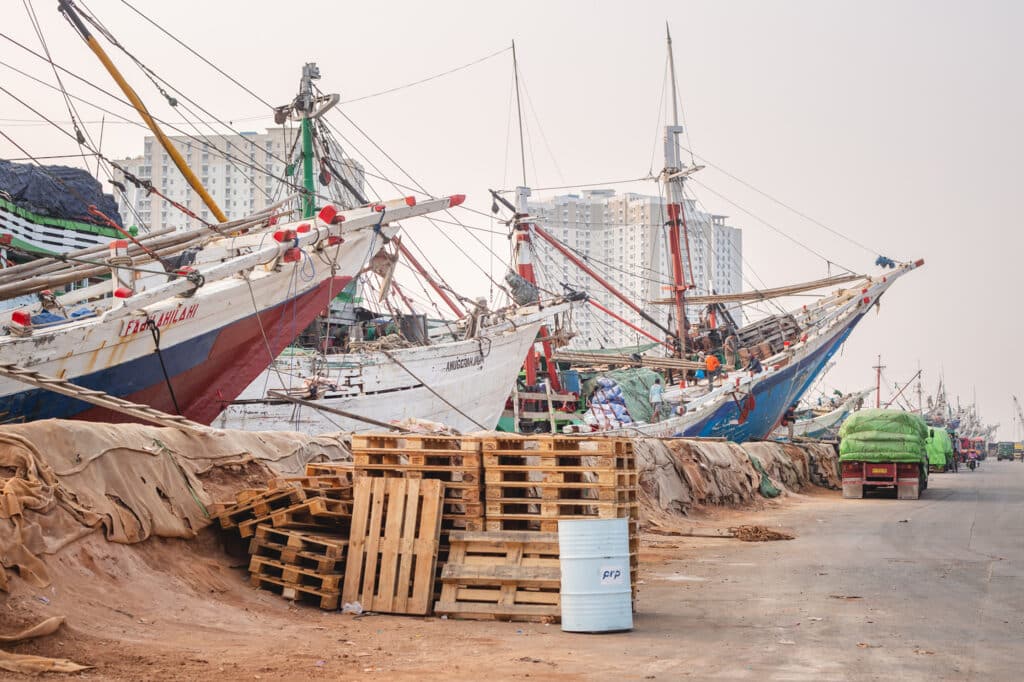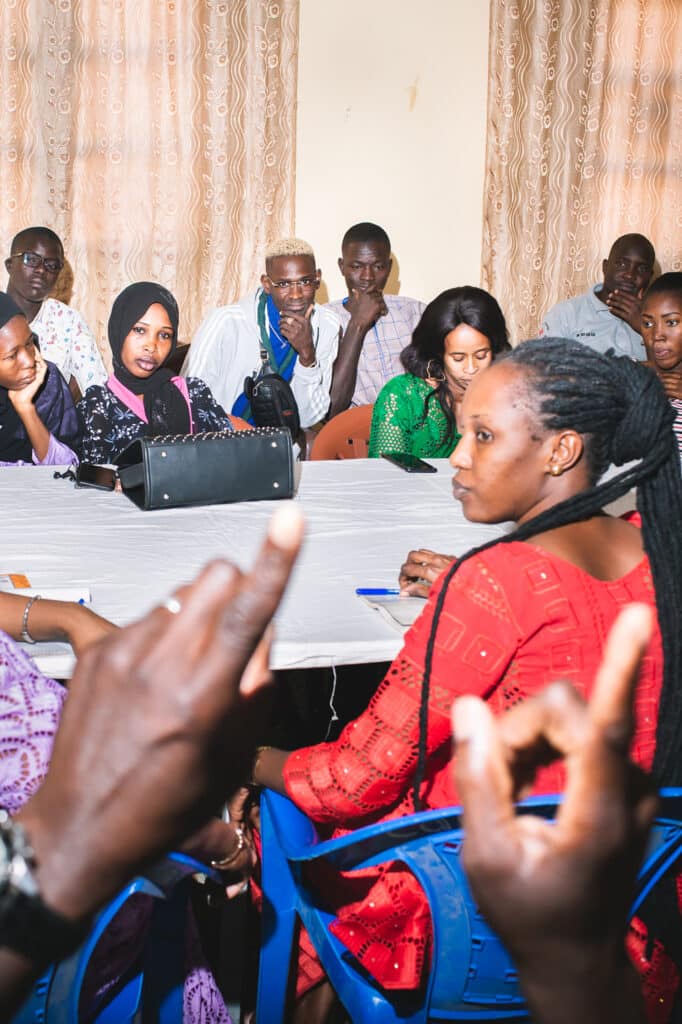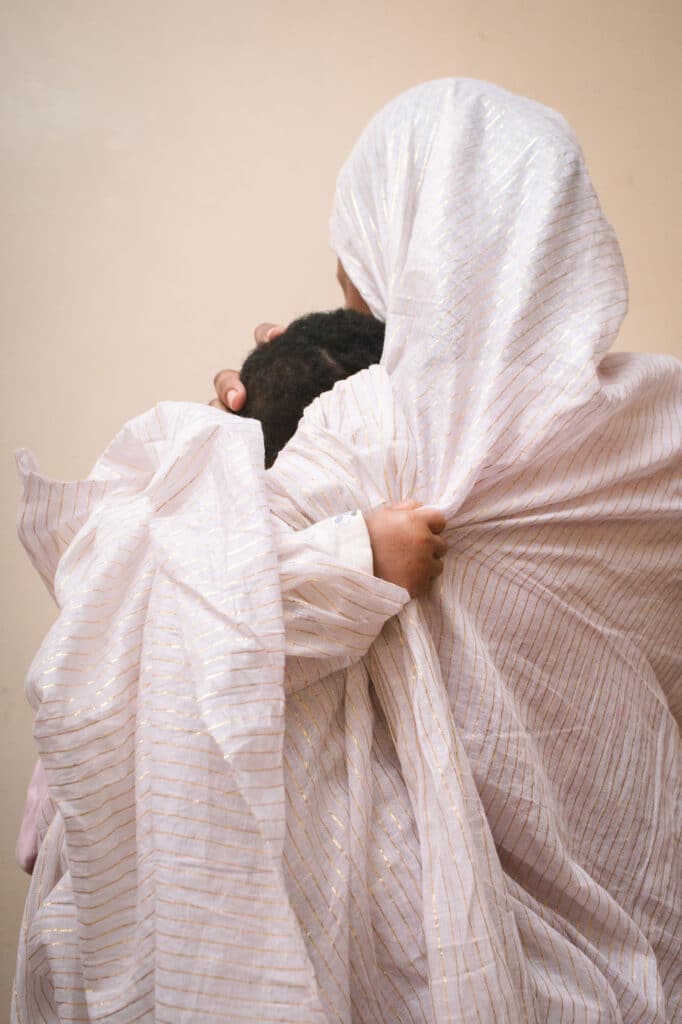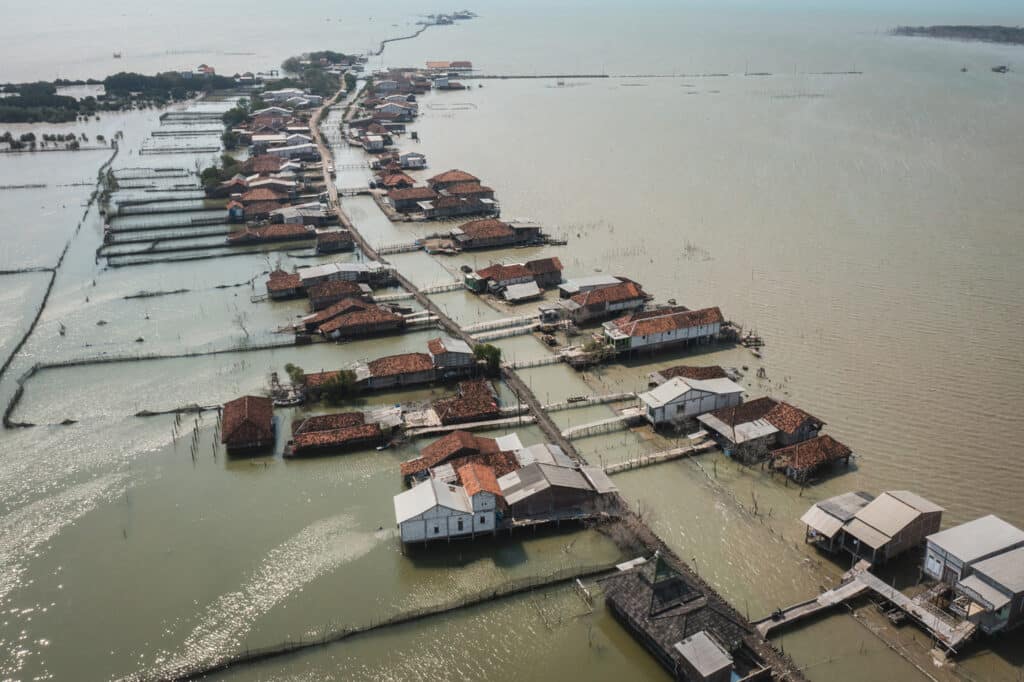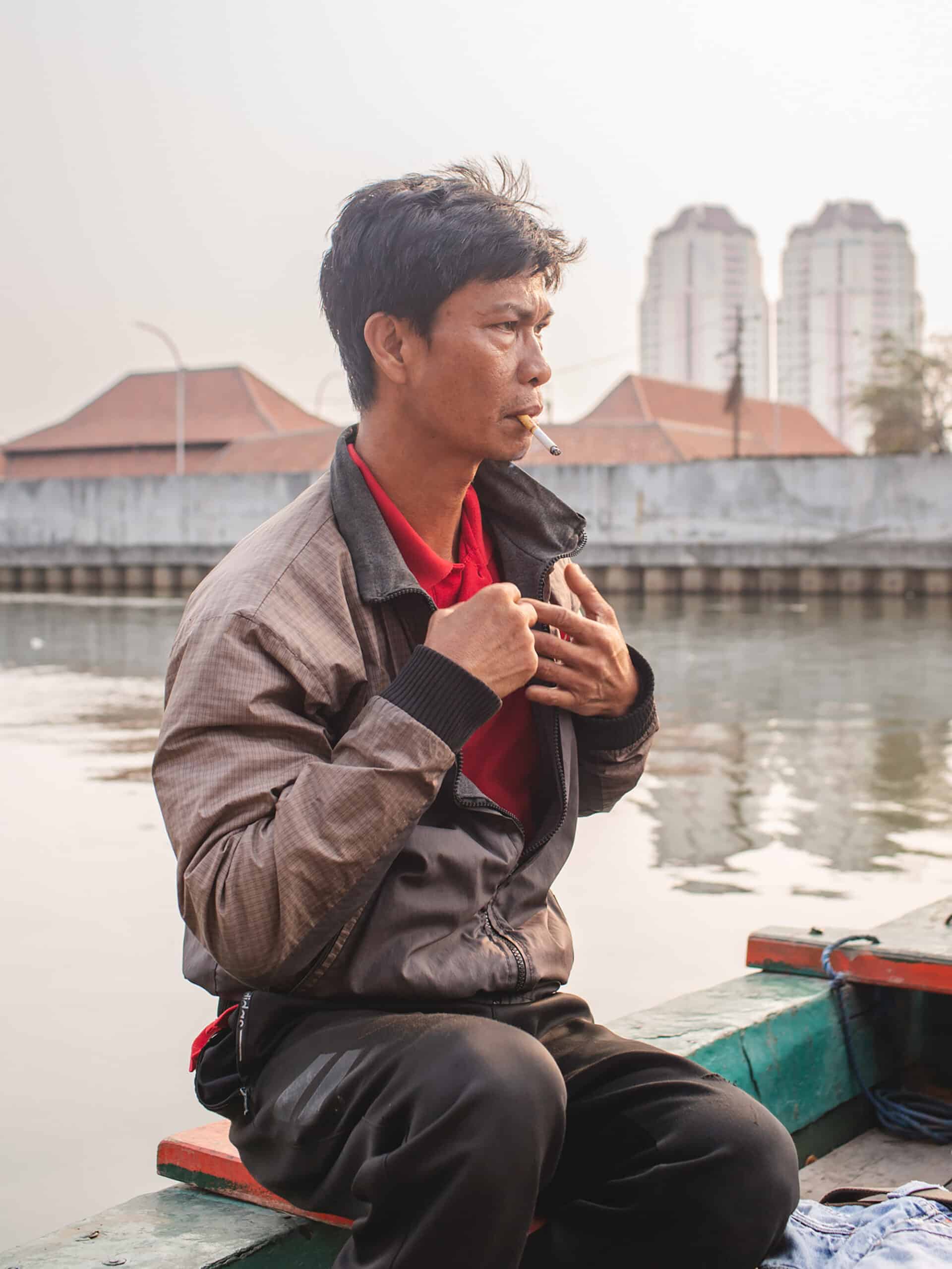How and why did you become a photographer?
I studied Art History and loved it, but I felt there was something missing. I’ve always been an introvert and I needed a tool to connect more directly to the world around me. Photography became my excuse to engage with people, diving headfirst into realities that I would have never explored otherwise. While attending university I started following photographer Giulio di Meo, who focuses on social issues, during his trips among the Sahrawi population living in refugee camps in Algeria, and the Sem Terra farmers in Brazil. I interned for Grazia Neri agency before it closed and attended ICP (The International Center of Photography) in New York City, which introduced me to peers, mentors and editors, developed further my understanding of storytelling and helped me figure out how the industry works.
How would you define your photography? Your way of telling stories?
The topics I focus on most frequently are the relationship between humans and the environment, women’s sexual and reproductive rights, and family relationships. At the center is always the human experience, whose contradictions and nuances I concentrate on, trying to avoid falling into clear-cut narratives. Most of the time, when I approach a new story, I know what I would not want to see as a viewer and what I would find redundant, obvious or counterproductive. I try to do work otherwise, keeping in mind that the photography I love is rooted in reality, but it retains a bit of magic. As opposed to photojournalism, documentary photography leaves more space for poetry, and for the personal point of view of the photographer. When we watch a documentary film instead of breaking news on TV we want to dream, travel with our imagination and identify with the characters as much as we want to know more about a given topic. I think that’s what documentary photography can do too.
What is a recent story that has left a mark on you?
At the beginning of 2023 I traveled to Mauritania and Senegal for UNFPA, a UN agency that focuses on women’s sexual and reproductive rights. They support centers offering medical help, sexual education and support for women and young girls.
One of the first centers I visited, called El Wava and located in Nouakchott, Mauritania’s capital, offers legal assistance, psychological support and alphabetization to adolescent girls, survivors of gender-based violence. Many are as young as 11 or 12. I first walked in during a class where they were learning to read and write in Arabic, and many of them were sitting at their desks holding their babies, conceived in rape. During the break I interviewed two friends, Mariam and Hawa, fantasy names. Mariam was twice raped by a neighbor who threatened to kill her if she reported to the police. Hawa was raped by a family friend, and her father, upset with her, would have agreed to the reparatory marriage proposed by the rapist. Both men still walk free, after the girls pressed charges to the police.
While interviewing them I asked them if there was a job they hoped to learn in the future. Mariam wants to do computer work. Hawa told me “I’d do any job that comes my way. I know I have no choice”. The center offers them free education and tries to connect them with job opportunities, but they are teens from very vulnerable families raising children conceived in rape, in a society where not being a virgin, if unmarried, makes any woman an outcast. It was hard to hold the stare of a 16-year-old looking at me with that kind of awareness, because I knew that she was right.
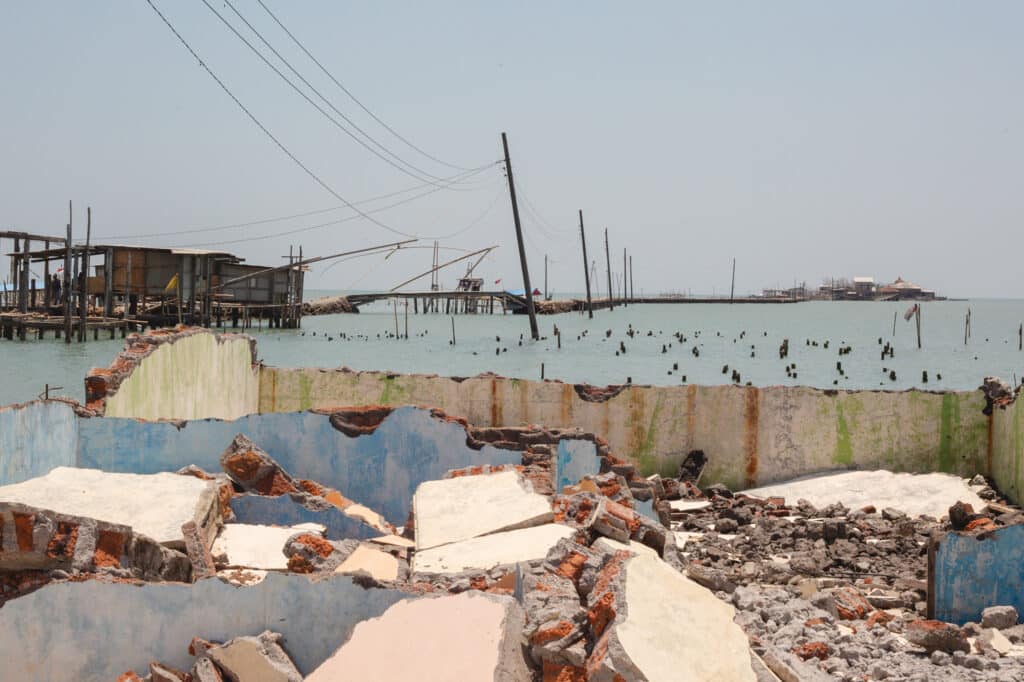
Who are the photographers whose work you particularly admire?
I’ll also include artists who use photography, dead and alive, in random order. I’d say Sophie Calle, Larry Sultan, Garry Winogrand, Donna Ferrato, Gordon Parks, Wolfgang Tillmans, Latoya Ruby Frazier, William Eggleston, Bertien van Manen, Luigi Ghirri, Trevor Paglen, Toshio Shibata, Jacob Holdt, Saul Leiter, Viviane Sassen, Stacy Kranitz, Alex Majoli, Ren Hang, Rineke Djikstra. I’m sure I’m forgetting many others.
What equipment do you use on a daily basis? Could you tell us the brand and model of the cameras you use?
I use a Canon EOS R6 Mark II and I often shoot with an off camera flash. When I shoot video, with a Sony A7SII, I record sound with a Zoom H4N and Sennheiser wireless mics. I have a Dji Mavic 2 Pro drone that I’ve been using both for photography and video, and for my personal photography projects I often use a Mamiya 7, with color film.
Your dream camera?
My dream camera would perform well in low light, be silent, fit in a pocket, force the photographer to concentrate like a film camera does and be reliable and indestructible like Canon DSLR cameras. It would be a plus if it shot underwater. Does it exist?
The MPB platform specializes in buying and reselling used photo and video equipment. What do you think of the concept?
I love the idea. Many of us often need gear that might be dismissed by others just because they moved on to another genre of photography or newer tools, but it’s risky to buy online from individuals, especially from other professional photographers because we often wear out the equipment over time. We need a third party to evaluate the gear, set the price, and ensure that it is in good condition.
Tell us about your recent project in Indonesia about sea level rise in the context of climate change?
Last year I traveled to Indonesia for a residency organized by the Goethe Institut’s Cultural Relations Platform. Time was short and the residency was itinerant, so I decided to focus on an environmental phenomenon that is causing damage and displacement all over the world, and is easy to see in many places in Indonesia: sea level rise.
Along the coast of Java, one of the main and most populous islands out of the 17,000 that make up Indonesia, the dangers and consequences of climate change-induced sea level rise have become, increasingly, part of daily life. Getting to the field after reading many articles describing dreadful living conditions, I was struck by the way people had learnt to quietly adapt to situations of emergency. In Muara Angke, a fishing village on the northern shore of Jakarta, when the flood comes, day after day, some belongings are moved to the upper floor, only to be taken downstairs when the water retreats.
In Sayung, a suburban area of Semarang City, severe coastal erosion has reached up to 5 km inland, and residents live now on stilt houses surrounded by fish farms where ten years ago there was agricultural land. This experience made me think that photographically we often focus on disasters like hurricanes, tsunamis and severe droughts, but the truth is that environmental emergencies increase most often gradually, in plain sight. Like diseases spreading into our bodies, their effect is stretched out in time, to the point that it becomes difficult to perceive it clearly while we live in the middle of it. This is true also for air pollution, warmer weather and the destruction of flora and fauna in the oceans and on land.
Tell us about your next projects?
I’m working on the dummy of a book about the relationship between my parents, how I saw it evolve over phases of life during the last few years, and my fear of losing them. It’s been in the works for a long time and this year I want to get it to a point where it can be proposed to publishing houses.
For commissions and editorial publications I’m working further on scientific stories, mostly related to research on climate change and volcanoes.
